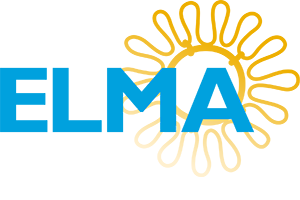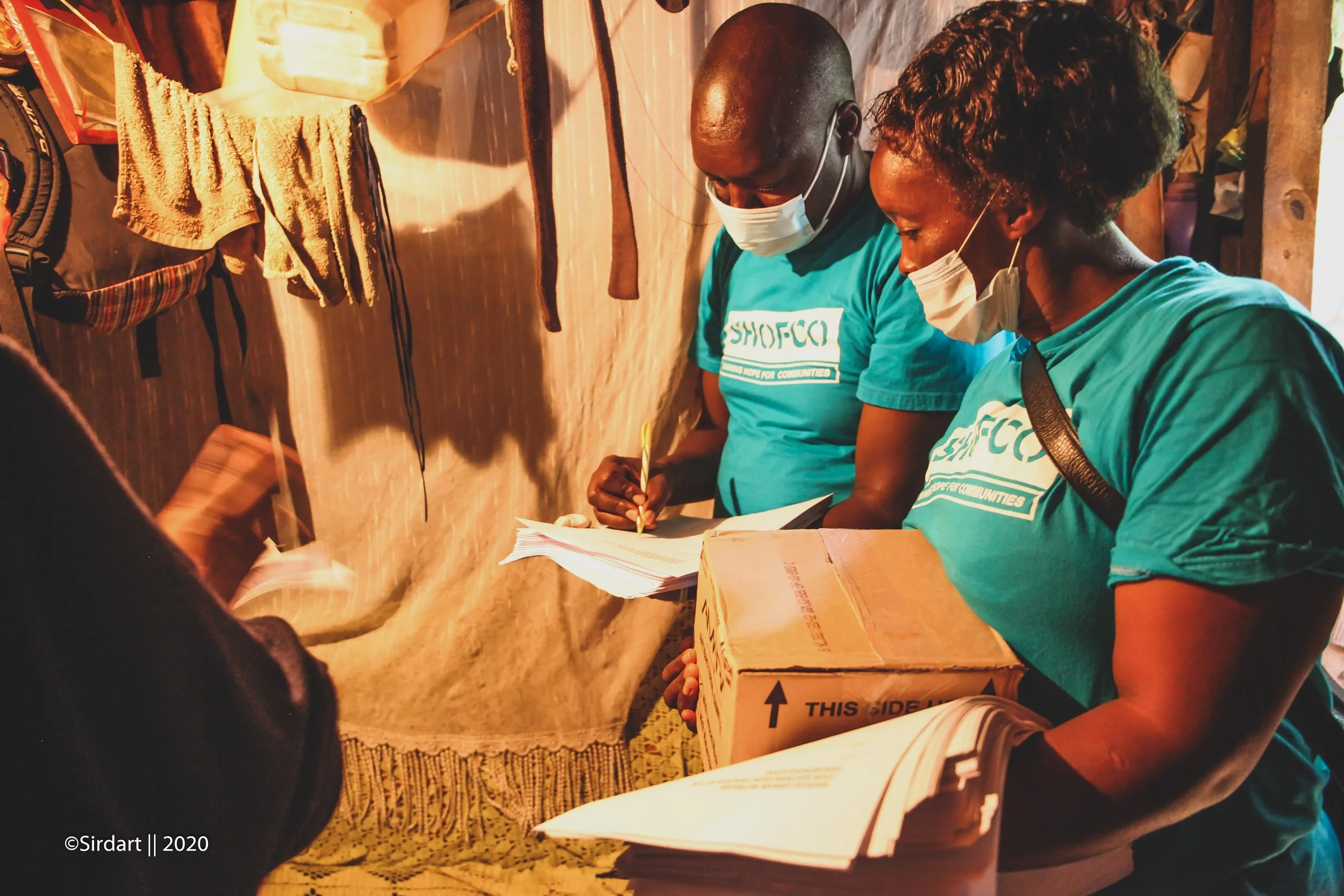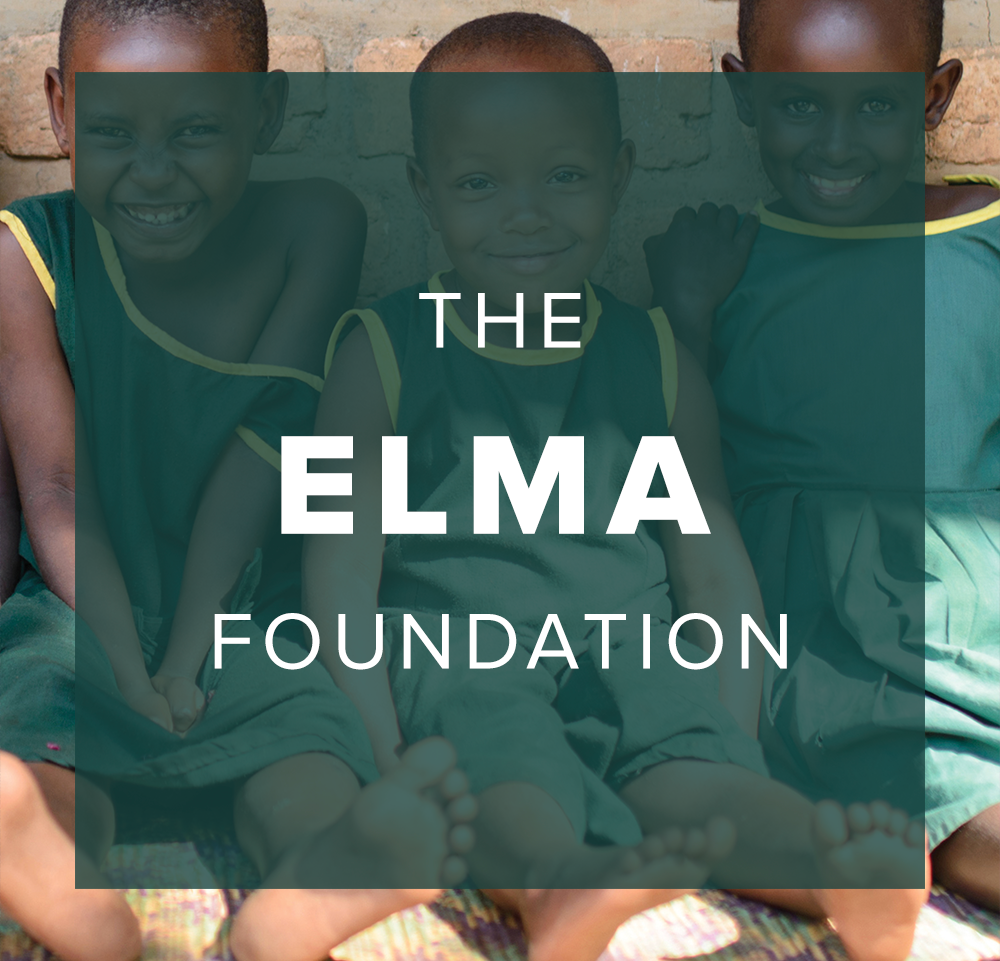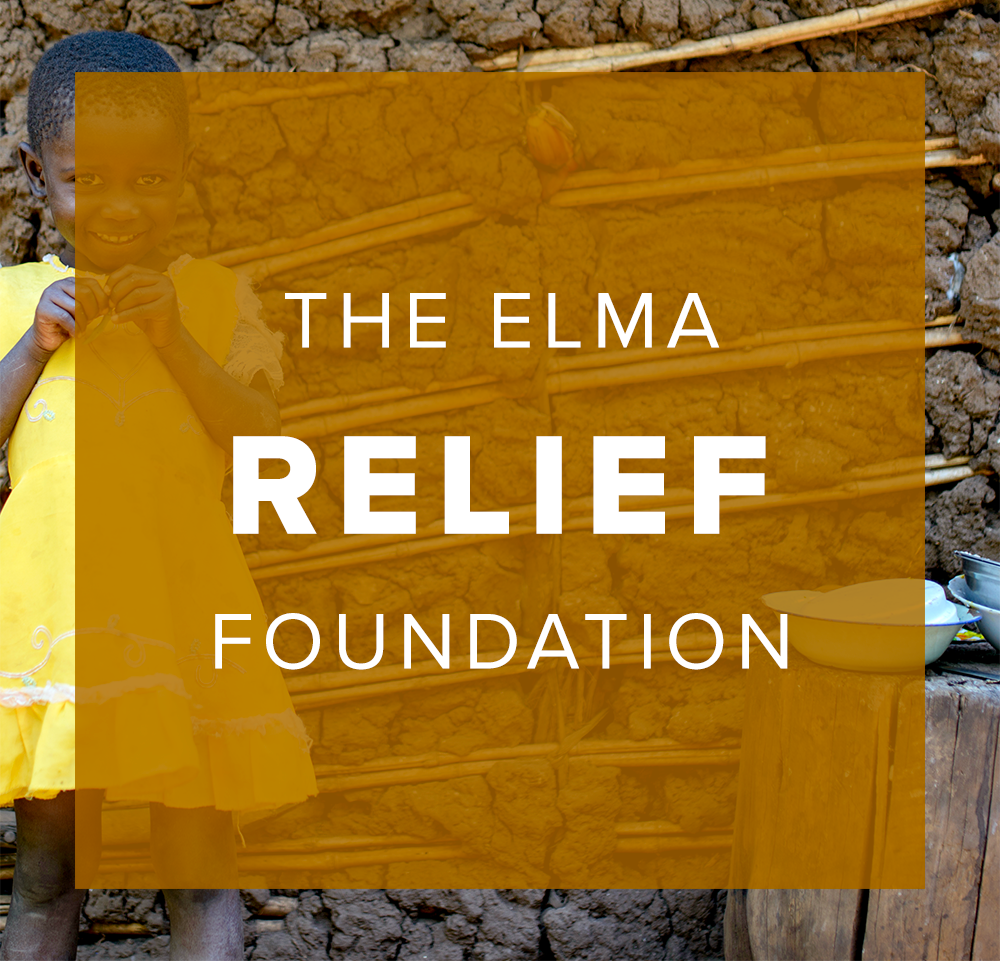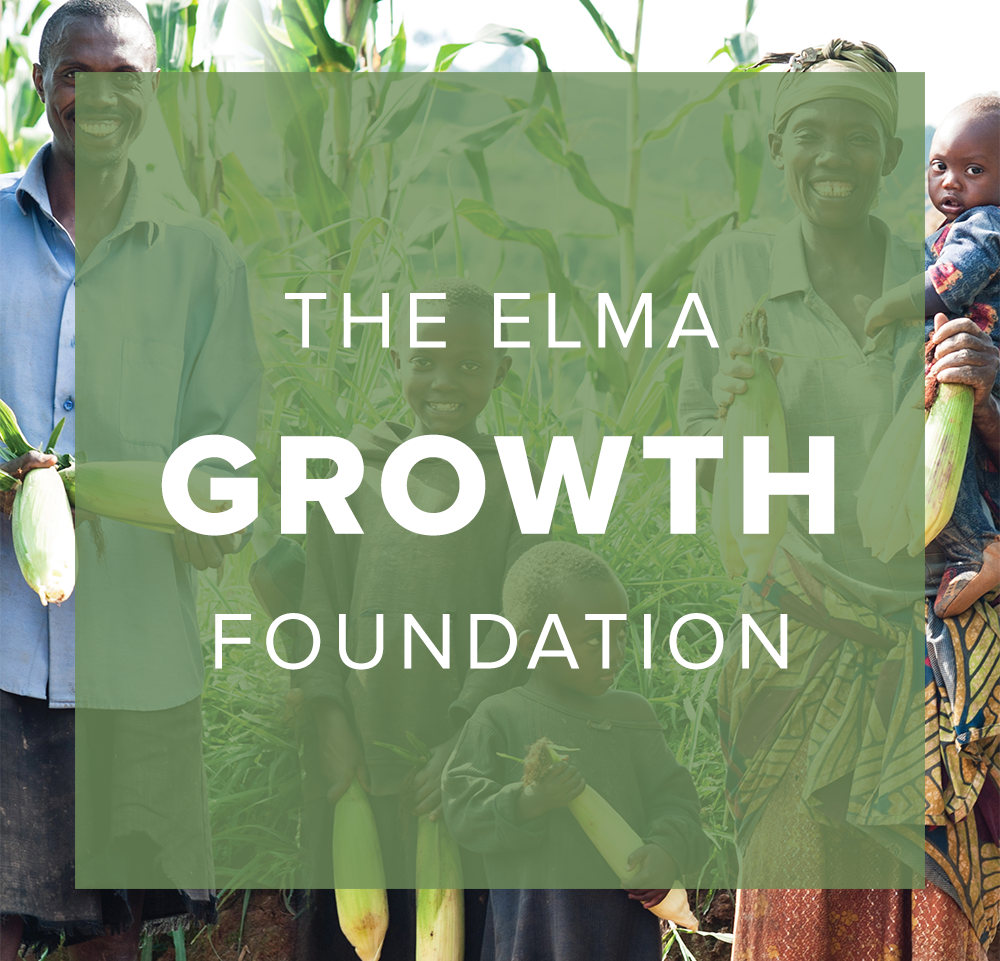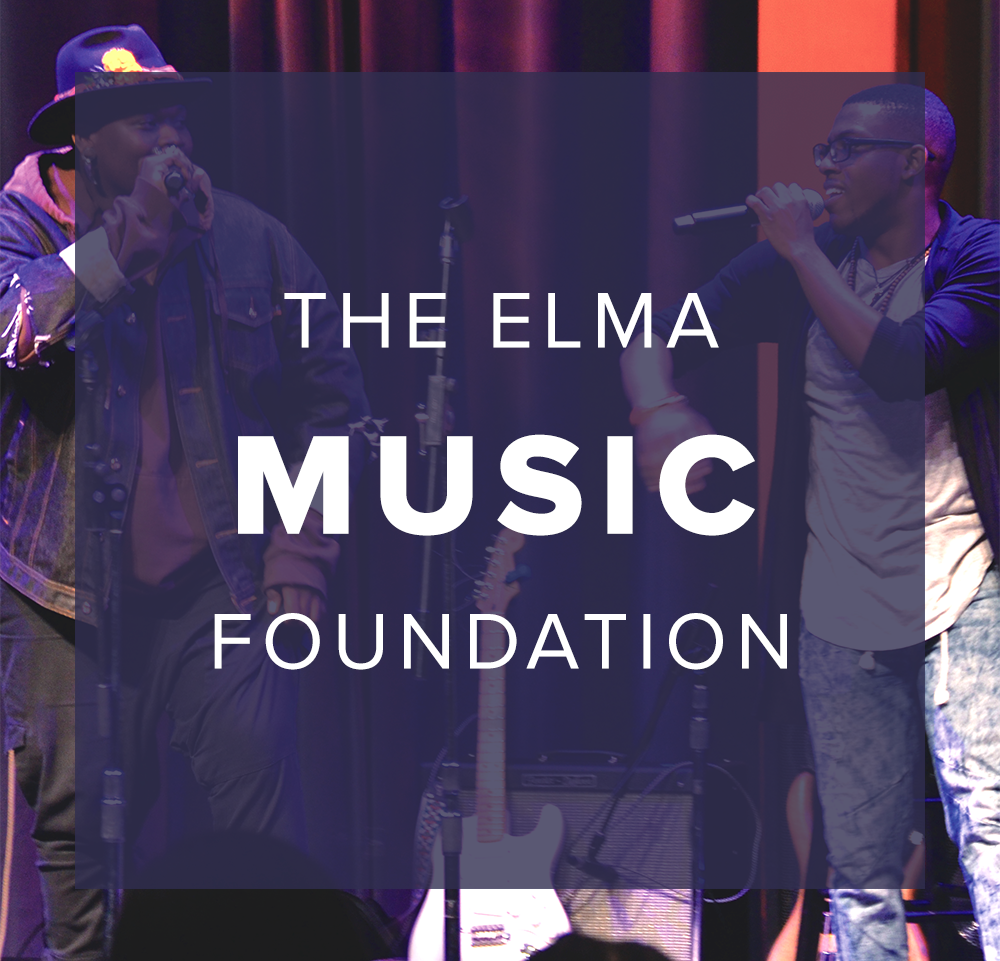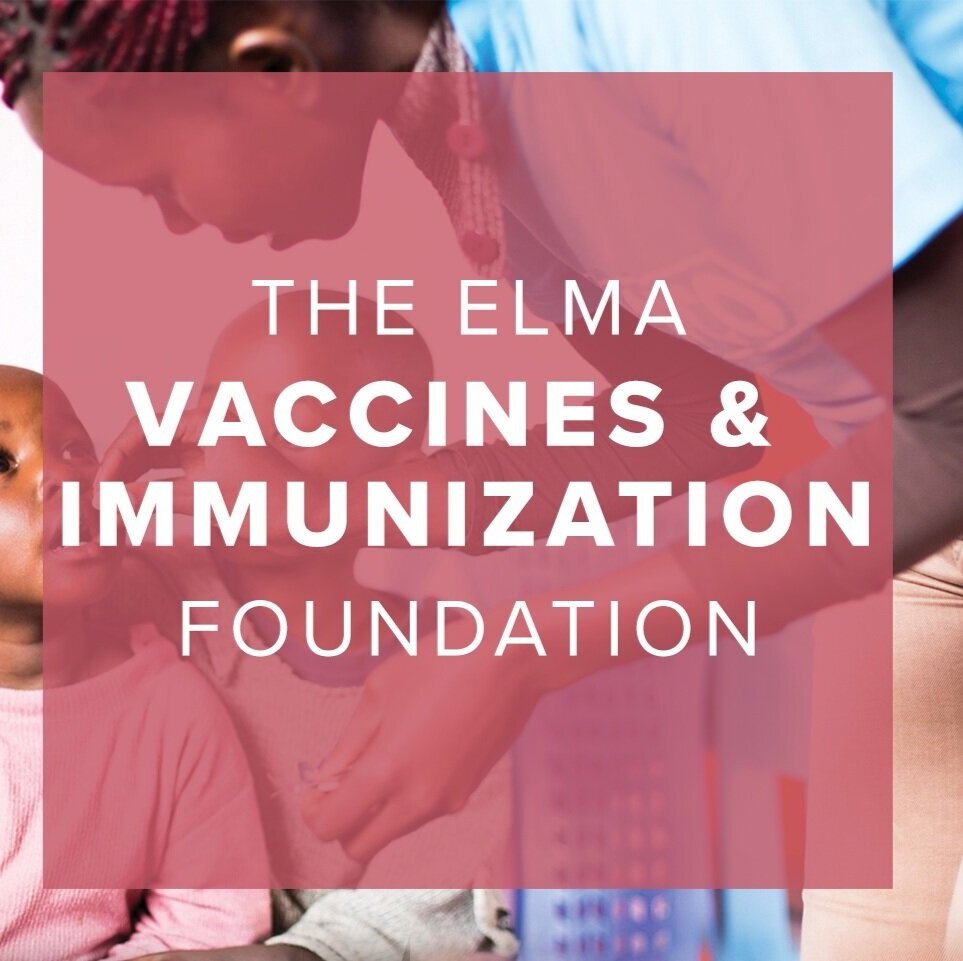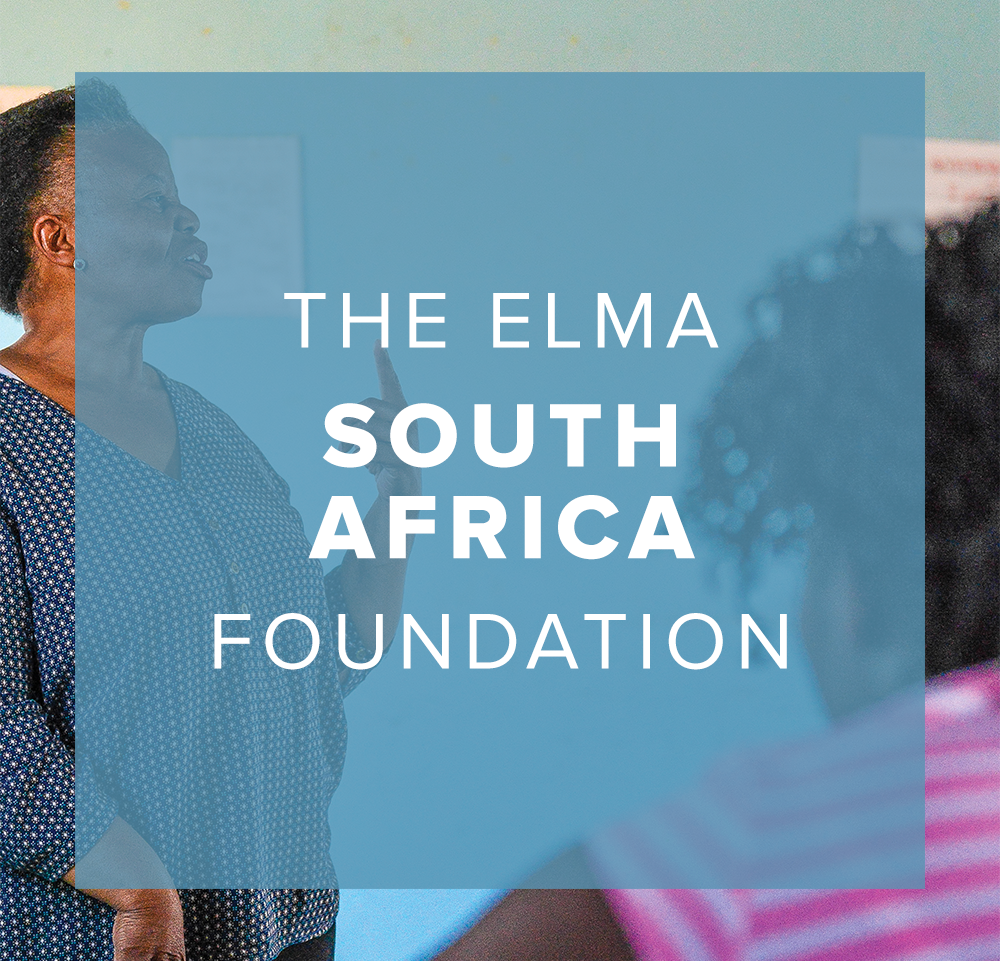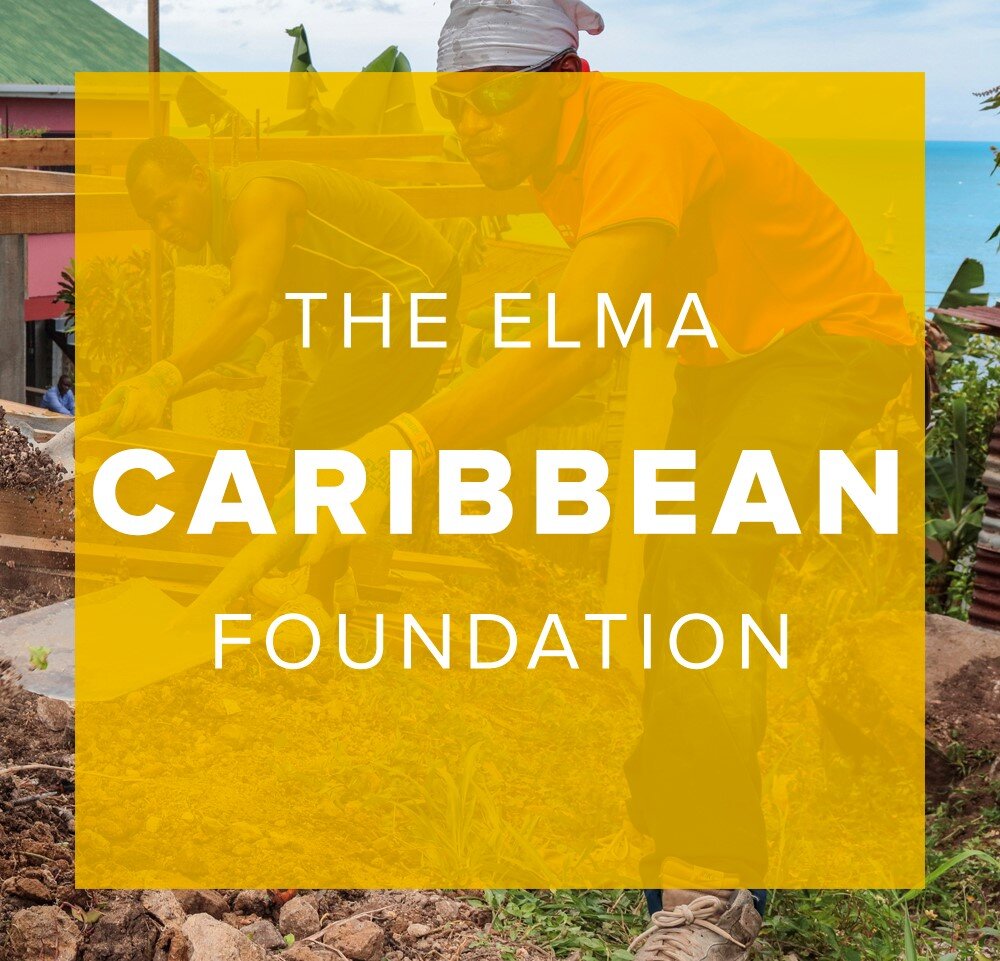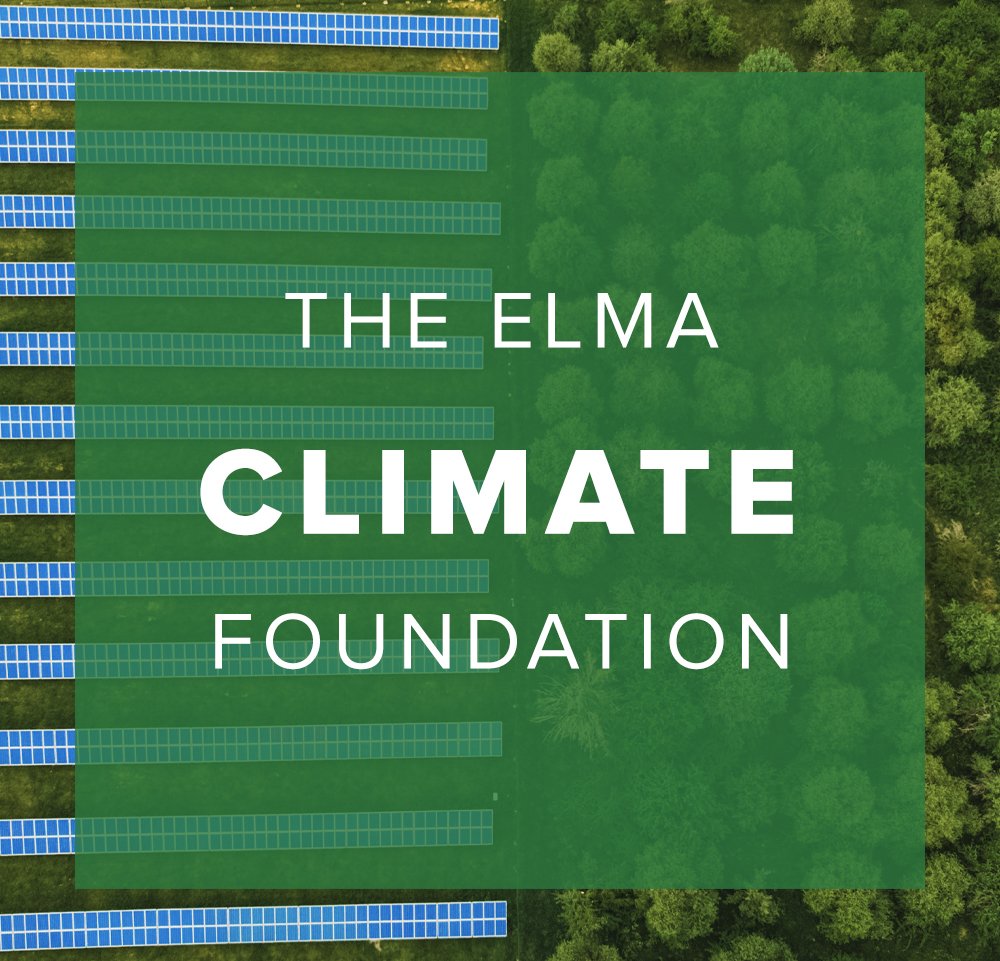< BACK TO E&L HOMEPAGE
What We Learned Through Our COVID-19 Investments
October 4, 2023
June Lee
Director, Evidence & Learning
ELMA Philanthropies
Photo: Children exercise while protecting themselves from COVID-19 at an Ubuntu Pathways school in South Africa
ELMA’s investments in COVID response focused on five core areas:
Direct pandemic response
Supporting the rollout of the COVID-19 vaccine in Africa
Supporting the safety net for vulnerable communities
Protecting essential maternal, newborn, and child health services
Reducing adverse impacts on early childhood development sector
A external review of these investments by consultant Paul Wang revealed their breadth and depth; just as important was the learning that emerged from this review. ELMA’s support for the COVID-19 response was enabled by several factors:
Leaned into flexibility and adjusted typical grantmaking processes: To adjust to the unique COVID-19 context, ELMA’s grantmaking processes were expedited to respond to partners, including more frequent and quicker deliberations of grant recommendations. Typically, ELMA’s measurement efforts focus on outcomes, but in the case of COVID-19 grants, we adjusted these expectations, with most reporting focusing on outputs (e.g., PPE or numbers of people trained), which are more easily measured than outcomes (e.g., whether investments reduced COVID transmission or mortality; or whether remote learning had impact). Although this gave ELMA less visibility on the ultimate impact of its investments, it enabled grantees to focus their energies on the evolving crisis.
Strengthened co-funding and stakeholder collaboration: ELMA’s philanthropic practice has been guided by the belief in the importance of co-funding and partnership. More than ever, it took concerted efforts among funders and partners to overcome the damage that COVID-19 wreaked in countries and communities. To that end, ELMA escalated its efforts in collaborative philanthropy to seek opportunities for co-investment and coordination (e.g., with Gates Philanthropy Partners, Skoll Foundation, The Audacious Project, The Solidarity Fund, and Higher Life Foundation). These efforts enabled ELMA to coordinate better with donors, utilize outside expertise, and meaningfully influence larger system dynamics that would be out of reach via less coordinated investments.
Worked through existing and new partners: Throughout the pandemic, ELMA worked with trusted partners to enable fast and flexible response and built new partnerships despite the challenges inherent to fully-remote meetings and communications. Among partners who received grant support, 19 out of 67 (28%) were new. Supporting the work of organizations with whom ELMA has had deep relationships improved confidence in implementation and impact under difficult circumstances. At the same time, new partnerships were necessary to respond to the multifaceted crisis. On-the-ground partners—both new and existing—helped ELMA understand the fast-changing needs of communities and the ways that ELMA was best poised to respond.
Photo: Shining Hope for Communities (SHOFCO) COVID-19 safety distribution
Deepened work in focus areas: ELMA deepened its work in existing focus areas that were especially relevant during the pandemic. These included rolling out the COVID-19 vaccine and strengthening pandemic preparedness and vaccine security in Africa, supporting remote or blended learning and training through digital technology (part of long-standing health workforce and ECD investments), and strengthening the oxygen ecosystem as part of our ongoing work in maternal and newborn health.
Worked across portfolio silos: Internally, COVID-19 catalyzed the type of cross-portfolio collaboration that is required to deeply address most social challenges. For example, ELMA’s Relief Foundation team—who is well versed in rapid response during emergencies—closely collaborated with colleagues leading health and education programs, developing investments that drew on multiple areas of expertise. Collaboration across verticals enabled ELMA to engage systems more holistically than more siloed action. Such collaboration can also enable new, highly cost-effective impact opportunities due to operational efficiency or novel programming possibilities.
Limitations of the review
Perhaps a key limitation was that grant reporting was the main source of data. We did not formally seek perspectives from our grantee partners, co-funding partners, or the communities we served. That the review was conducted by an external consultant using grants data was intended to allow for objectivity uncolored by subjective opinions of achievements. Although the review did not formally include grantees’ and partners’ perceptions of the impact of ELMA support, we regularly check in with partners and request feedback. Grantee partners have repeatedly conveyed the positive impact of ELMA’s funding, which allowed them the flexibility to respond to the pandemic while keeping programs on track.
ELMA made USD2.3 million in contributions to 119 community-based organizations in our community grants program portfolio. This important area of support was not included in the review. Contributions are “no strings attached,” unconditional donations that did not have reporting requirements or limitations on how the funds could be used. They were intended to enable community-based organizations to weather the crisis, retain staff, and continue to serve communities that needed them more than ever. Feedback from partners strongly confirmed the value of the support as a lifeline and affirmed the importance of their work during the difficult time.
Conclusion
COVID-19 presented a set of circumstances that accelerated the philanthropic practices toward which ELMA has been driving over several years. While these approaches to philanthropy are not new to ELMA, COVID-19 prompted its staff to draw on them more heavily, and ELMA continues to build on these approaches for our investing.
